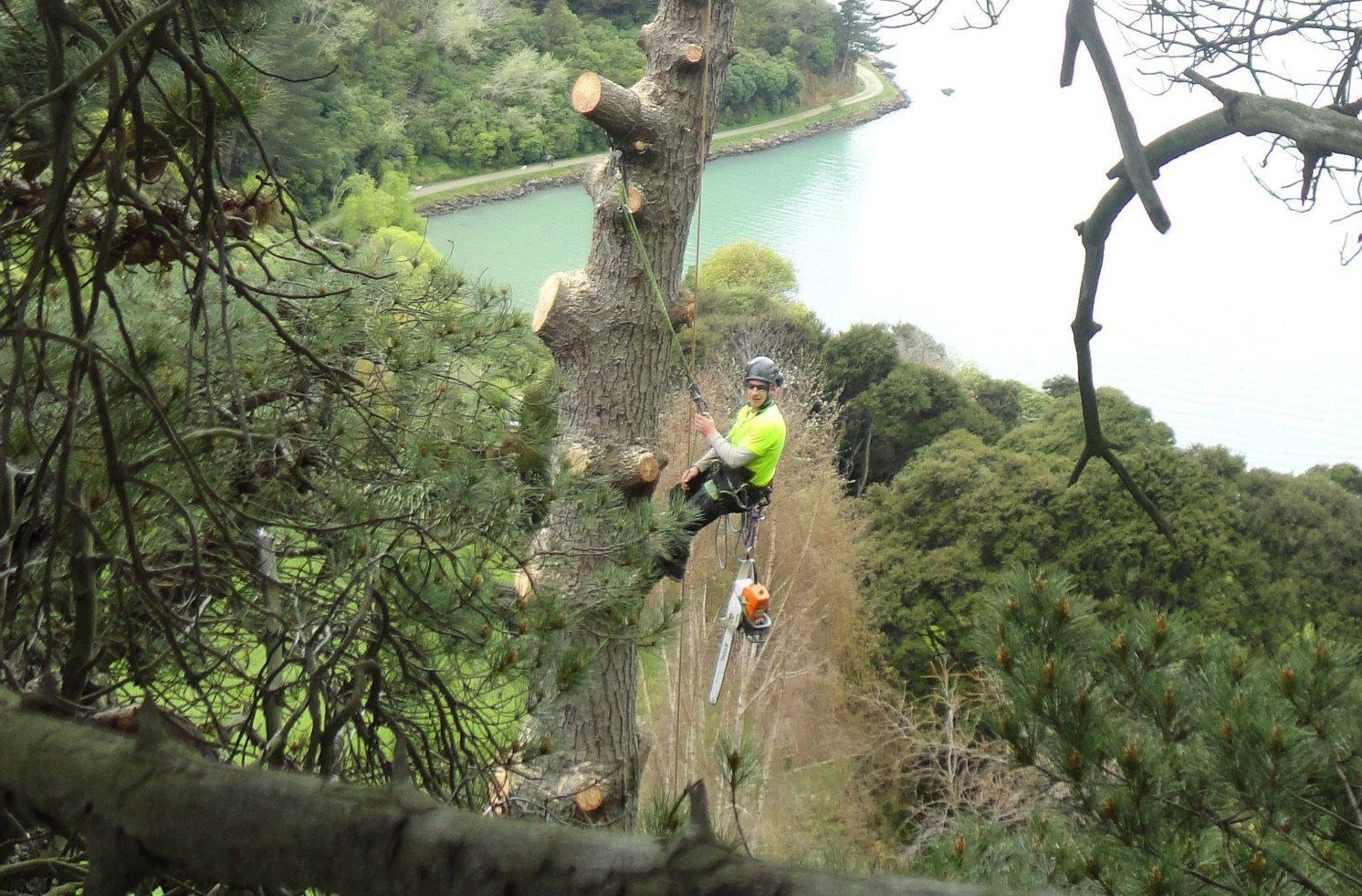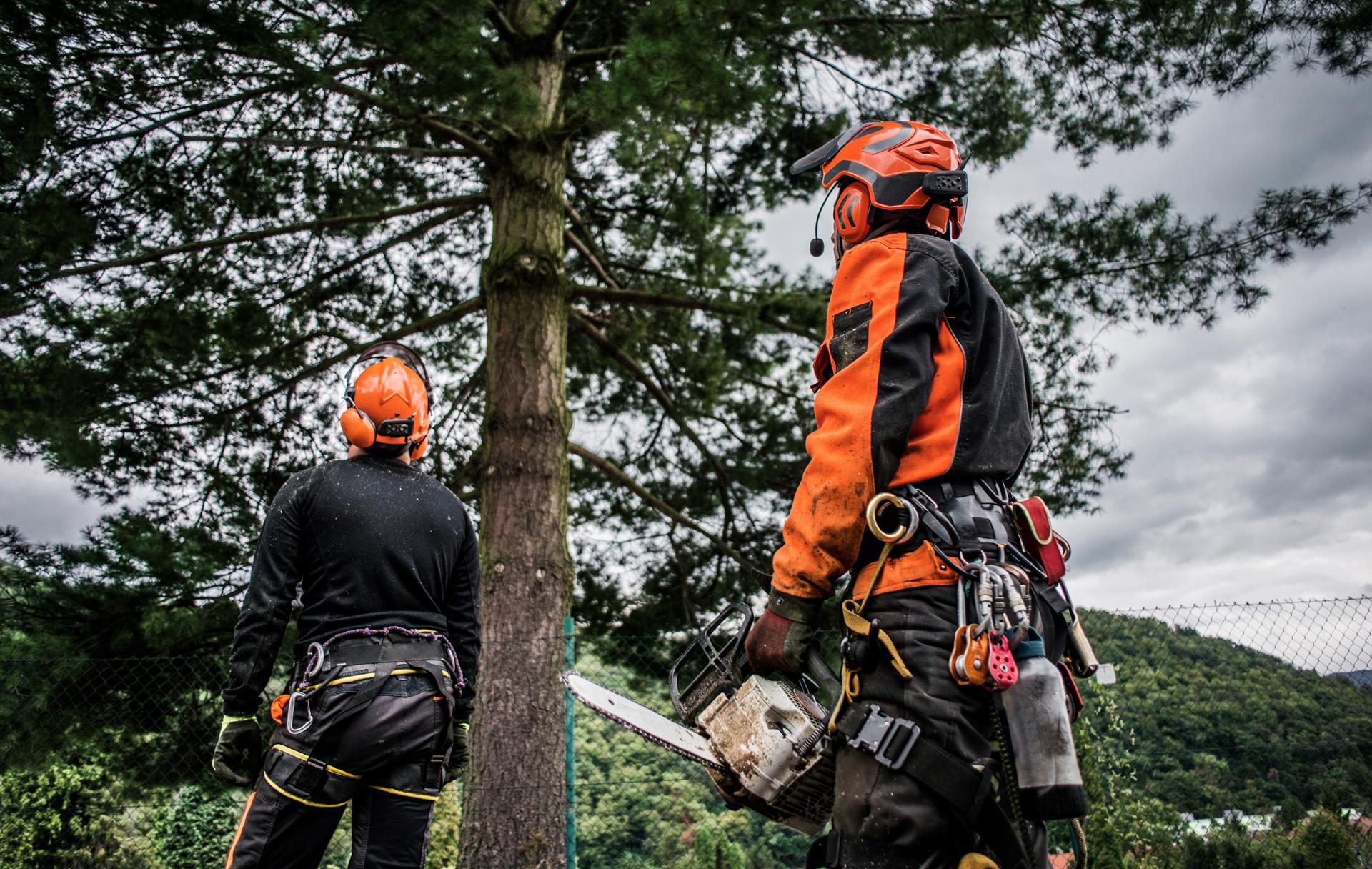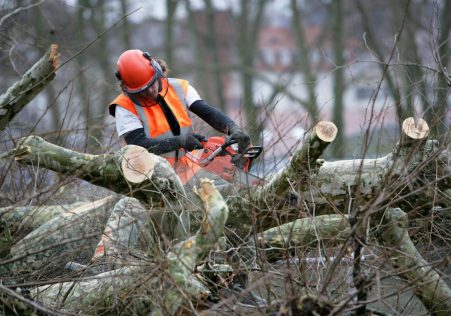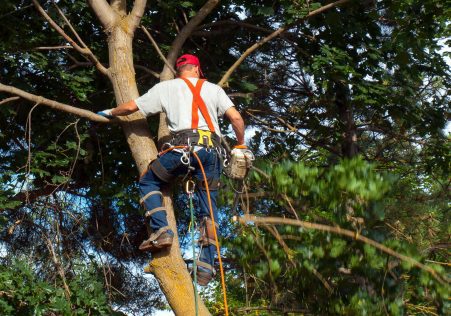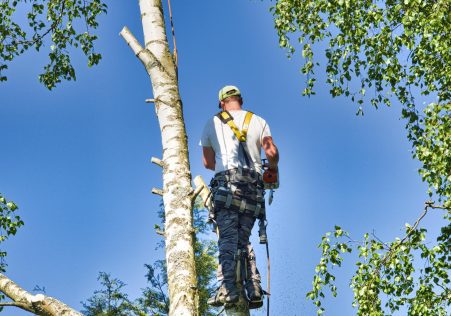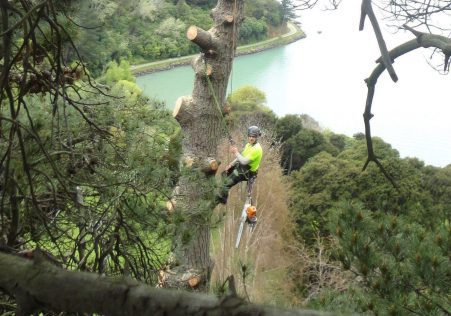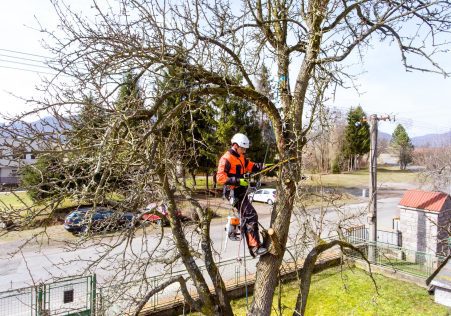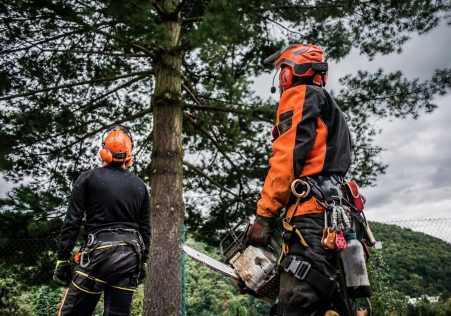The importance of protected Trees and how to recognize These Trees
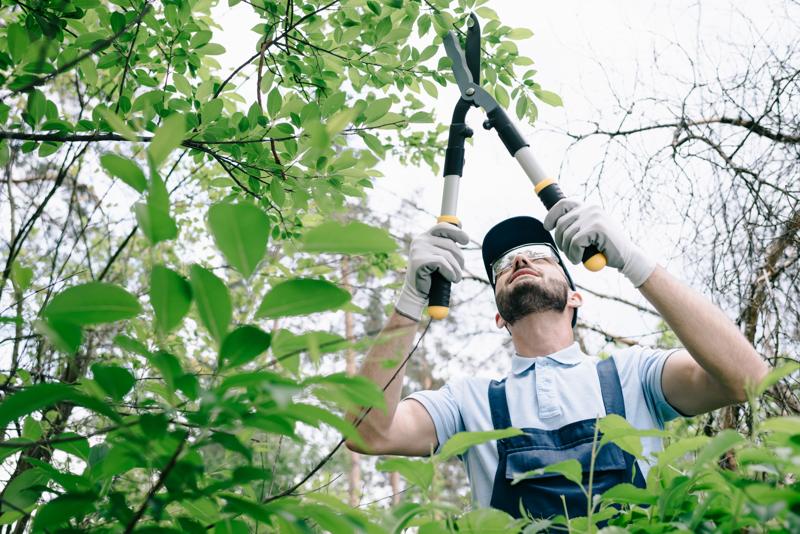
Trees play a crucial contribution to our ecosystem by providing shade, fresh air, and aesthetic value to our surroundings. However, not all trees are identical and some are granted additional protection status, making it illegal to carry out any activity without authorization. If you are considering having a tree removed it is essential to know the protection status of the tree in question, and the steps you have to follow to be in compliance with the legal requirements. In this article, we’ll guide you through the process of discovering whether trees are secured and the steps you will need be doing to make sure you comply with the law.
What exactly is a tree that is protected?
A protected tree can be subject to specific legal restrictions and it is unlawful to do work on a protected tree without the required permissions. There are two kinds of protection that trees may have - preservation orders and protection orders.
Protection under the law
Under legal protection trees are protected by laws and subject to Tree Preservation Orders (TPOs). TPOs are issued by local authorities to protect trees with a significant public value and to ensure that they are not damaged or destroyed.
Preservation orders
Preservation orders are similar to TPOs , but are put in place by the Secretary of State for the Environment. Trees with preservation orders are considered to have exceptional value and are shielded from all work, which includes cutting down.
How can I tell if a tree is protected?
To determine if trees are protected, you need to check if it is under an TPO or preservation order. This can be accomplished by contacting the municipal authority, and asking them to search their archives.
TPO search
If you want to find the TPO You can reach the Tree and Woodland officer of your local authority, who will be able to tell you whether the tree is protected. They’ll also be able to advise you about the next steps to follow if the tree is in a protected area.
Preservation order search
To search for a preservation permit, you will need to contact the Secretary of State for the Environment. They will determine if the tree is protected and will provide the necessary information and guidance.
FAQs:
What happens if I conduct work on a tree that is protected without permission?
If you do work on a tree that is protected without the proper authorizations, you could be subject to significant fines, and possibly even jail time.
Can I appeal a TPO and/or preservation order?
You can appeal a TPO or preservation or TPO if you feel it is unjustified. You will have to prove your claim and explain that the TPO or preservation order isn’t needed.
Can I take down a protected tree?
It is against the law to remove protected trees without the necessary permissions. If you require the tree to be removed it is necessary to apply for permission and provide the evidence needed to prove your case.
Conclusion
In conclusion, discovering whether the tree is protected is an essential step to ensure that any tree work carried out legally. Understanding the different kinds of protection and how to identify them it is possible to be sure that you are acting within the law and are protecting the trees in your care. If you’re unsure of the nature of the protection of the tree you are in charge of, we suggest seeking advice from an experienced tree expert, such as The Hills Aborist. Our team of experienced arborists will be able to advise you about the protection status of your trees, and will guide you through the necessary steps to ensure that you are following the laws. With our experience and dedication to providing top-quality tree care We can assist you to keep the beauty and worth of your trees. Call us now at 0480 024 267 to schedule a consultation, and let us guide you on how to ensure that your trees are protected and healthy.

